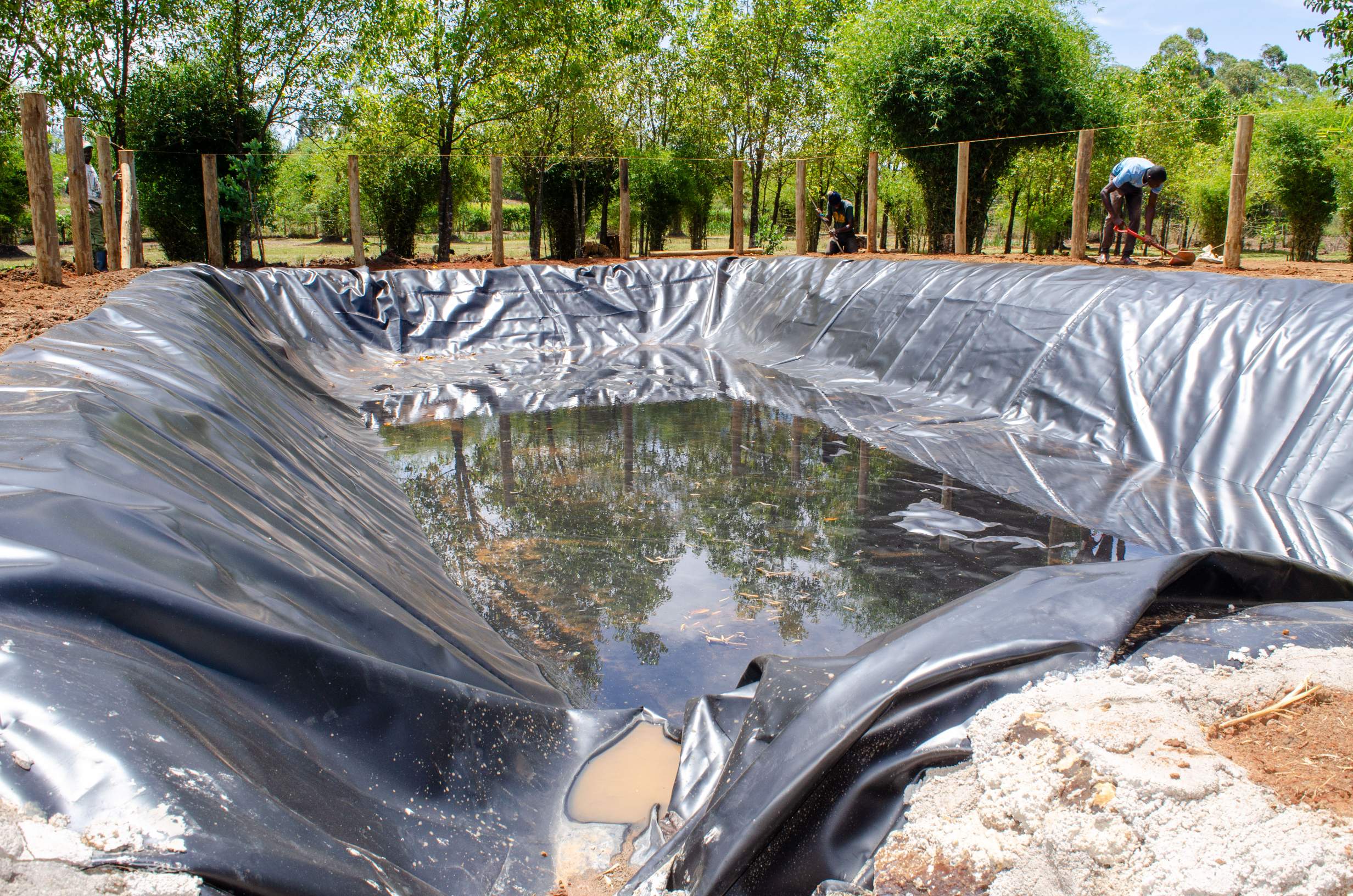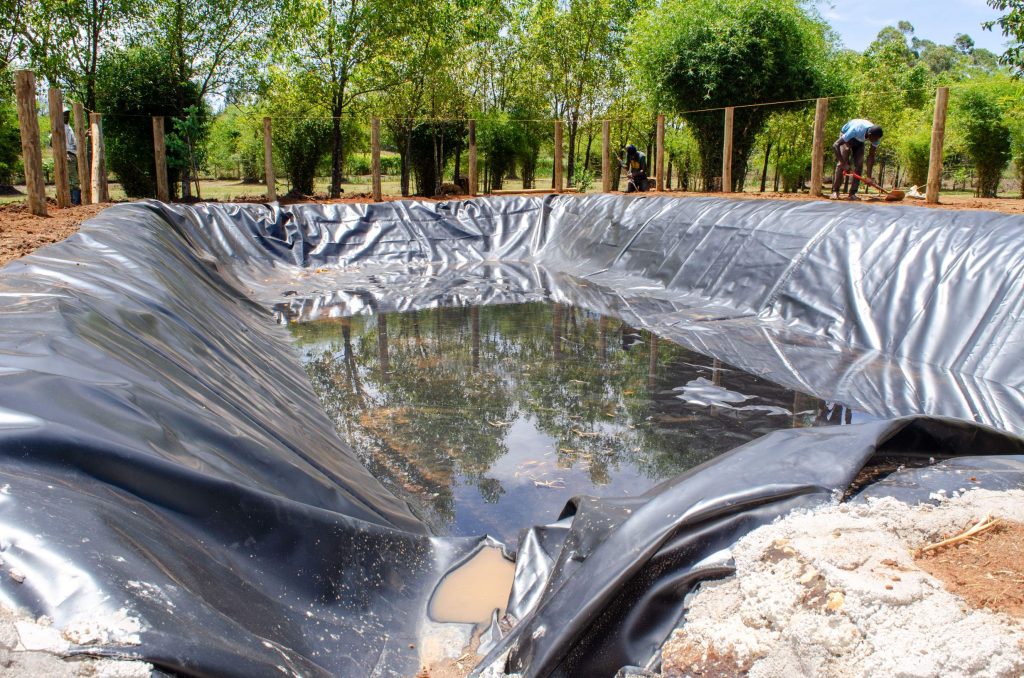Fish farming in Kenya involves rearing fish in tanks or enclosures for human consumption. It is an upcoming agricultural industry that keeps developing as time goes by. Fish farming in Kenya is mainly for local consumption, with a small percentage being exported. Fish are nutritious food rich in omega-three that help in brain development. We can classify fish into two main groups, i.e., fresh water and saltwater fish. Examples of freshwater fish in Kenya are tilapia and Nile perch, while examples of saltwater fish include crabs and octopus. Most freshwater fish farmers prefer to rear tilapia since it is disease resistant and has a high demand in the country.
Methods of fish farming in Kenya
There are four fishing methods that most Kenyan farmers use. These methods include:
- Freshwater pond fishing – this involves rearing freshwater fish in ponds. The ponds can be natural or artificial. You can use fertilisers under instructions from experts to grow plants in the water for the fish to feed.
- Integrated fish farming – it is the practice of mixing fish rearing with other animals and crops. The most common crop farmers use in this system is rice, while the animals you can keep include ducks. They have a symbiotic relationship with the animals feeding on the plants and the fish consuming the animal waste.
- Brackish finfish culture – fish farmers use this method to rear saltwater fish for hotels and restaurants. It is a rare method since most Kenyans prefer to eat freshwater fish.
- Mariculture fish – this method involves fishing practices in marine environments.
Use of dam liners in fish farming in Kenya.
The introduction of dam liners has helped increase inland fish farming in Kenya. Dam liners are waterproof and ultraviolet-treated materials that help hold the pond water. The UV treatment helps ensure the liners don’t get damaged by the sun. Manufacturers make dam liners from either fresh raw materials or recycled materials. Liners made from recycled materials have low quality and can cause harm to your fish. You can check on several traits to ensure you pick high-quality liners. These characteristics include:
- The scent – dam liners made from recycled materials will have a pungent smell. In contrast, liners from virgin materials have no scent.
- Smoothness – high-quality liners should be smooth throughout, unlike low-quality liners that are rough due to air pockets in the material.
- Floating test – a high-quality liner tends to float when you place it on the water surface, whereas poor-quality liners will sink.
Determination of pond and dam liner size.
The size of the pond you want to construct will depend on the type of farming, available capital, and area. You will need a lot of money and vast space to build your pond for commercial agriculture. In contrast, small-scale farmers need little capital and small areas. Once you have determined your pond size, the next step is determining the size of the liner. You will need the maximum length, width and depth of your pond. At Eunidirp, we have a team of experts to help you determine the right size for your pond.
Eunidrip Irrigation System dam liners
Our dam liners come with widths of 5, 7 and 8m and lengths of up to 100m. If the required dam liner has a width of more than 8m, we will need to carry out welding to join two dam liners. We have experienced staff who can accurately determine your liner’s size and carry out the welding process avoiding leakage incidents. Interested clients can visit us at George Morara Road, Nakuru town or contact us on 0728163329.















